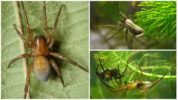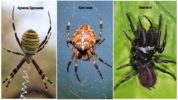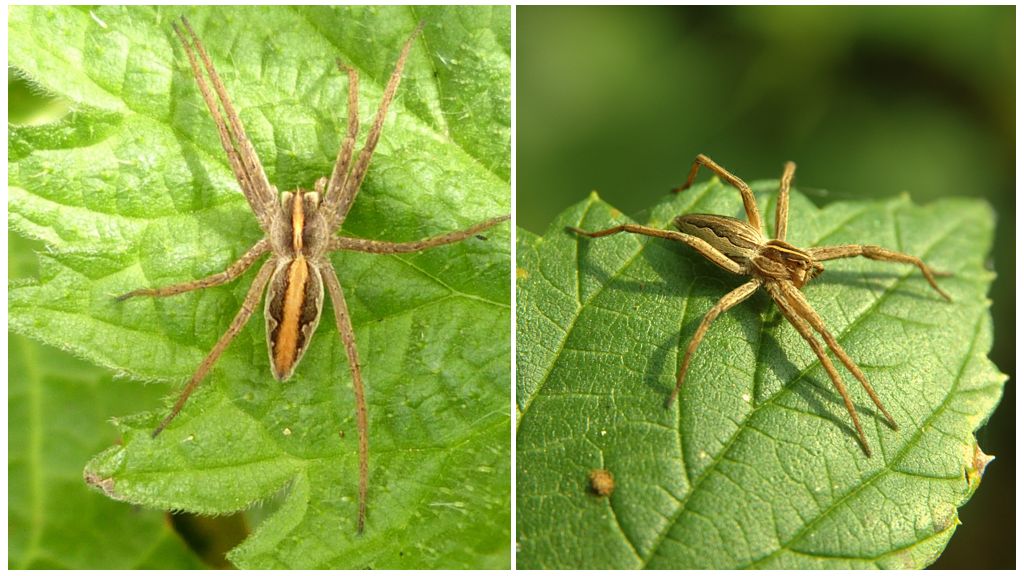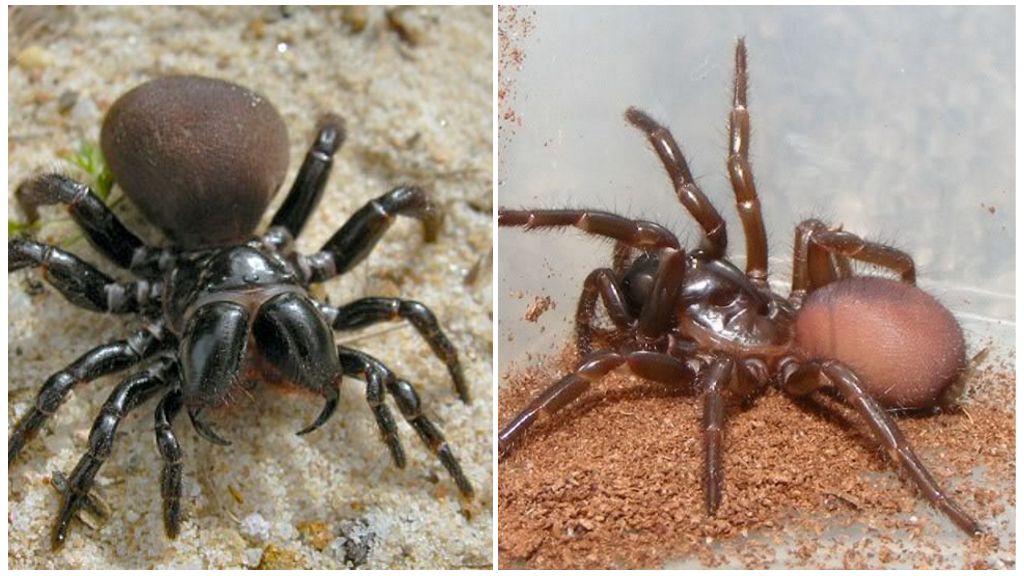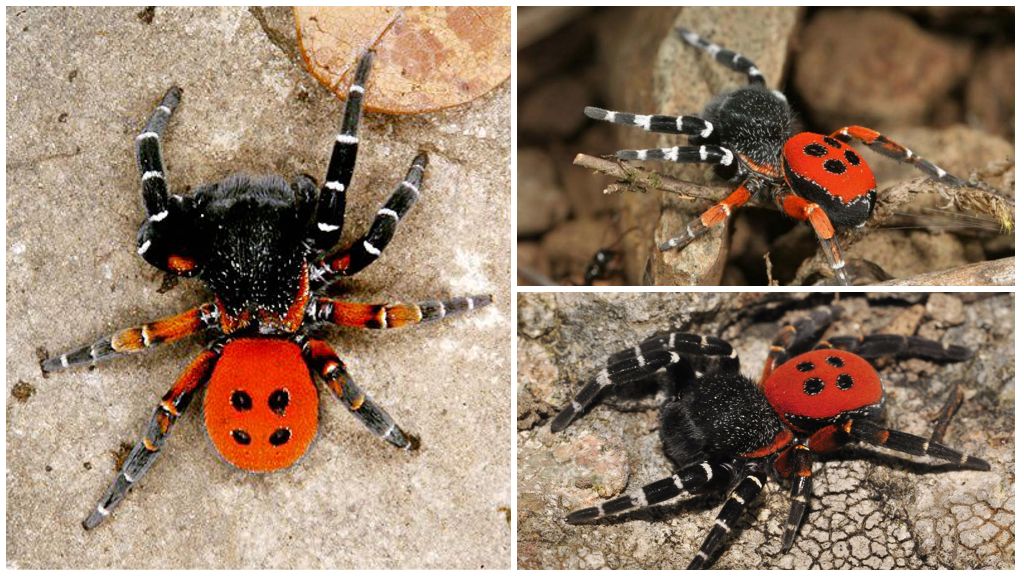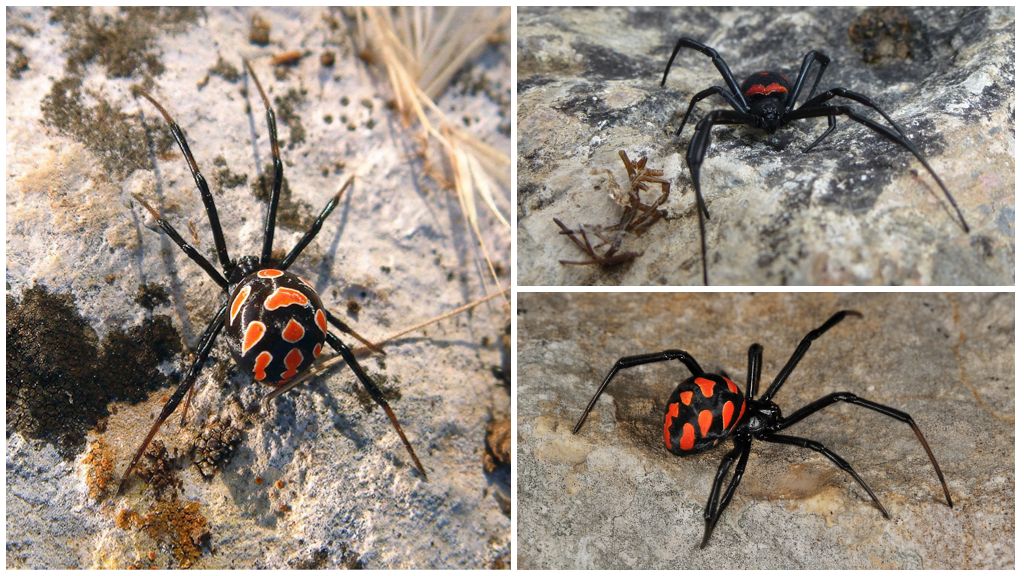- Silver spider
- Belarus spiders
Belarus spiders are not aware of state borders and their species set repeats: from the eastern side the diversity of arthropods living in Russia; from the west - composition of arachnids in Ukraine and Poland. Arachnology in Belarus is in a deplorable state. Even the number of species living there is not known for certain. According to various sources, the number of species ranges from 209 to 500. With further study, the number of arachnids is guaranteed to increase.
Types of spiders in Belarus
Since nearly 40% of the territory of Belarus is occupied by forests and marshes, and another 20% is occupied by grassy spaces, the main part of arachno-fauna here is made up of forest and meadow spiders. Among the arthropods that are found in Belarus, there are 29 families:
- Excavators;
- Cellar;
- Hayers;
- Brownies;
- Funnel;
- Orbworms;
- Pygmies
- Linifids;
- Gossips;
- Tetranides;
- Anifanides;
- Cybeids;
- Dictinides;
- Chanids;
- Corinides
- Lyocrane marsupials;
- Earthy;
- Wolves
- Oxypids;
- Hunters;
- Zorides
- Pirates
- Horses;
- Sparassids;
- Philodromides;
- Side-walkers (they are also “crabs”);
- Titanosides;
- Clubionides;
- Miturgides.
Some of these families in Belarus have only one species, others - up to 10. The last family includes two types of heiracanthiums. These two spiders have nothing to do with their southern counterpart. They are much smaller than yellow heiracantium and are not dangerous to humans.
On a note!
Among the poisonous spiders of Belarus, only silver spider can be considered.
Serebryanka
A spider from the Qibaid family. In Belarus, this family is represented only by silver. The second name of this species is a water spider. Serebryanka widespread in Europe. Lives in bodies of water with stagnant or slow flowing water. Catches small crustaceans swimming underwater.
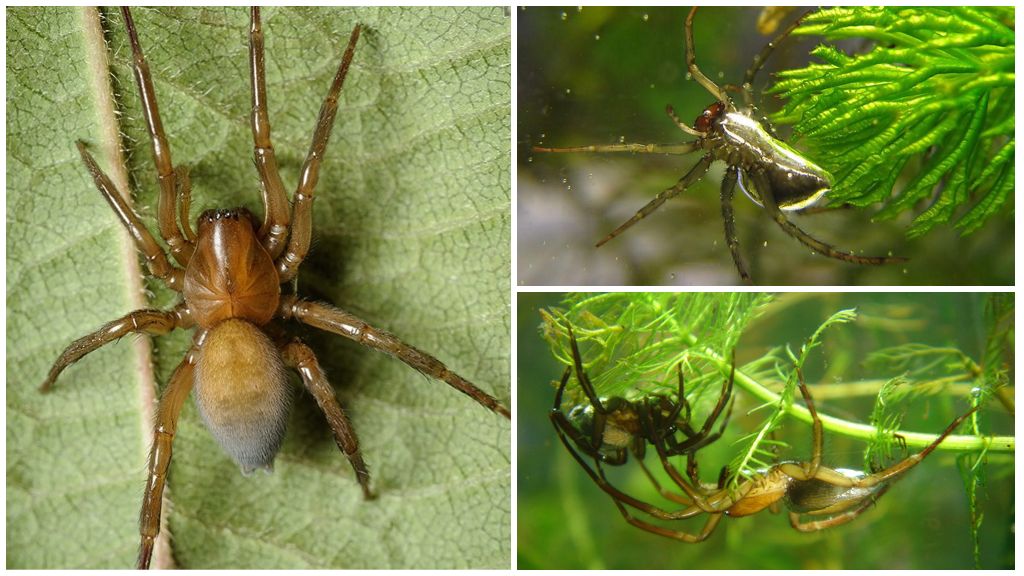
The web is also weaved under water, using it as a diving bell for breathing. Dense stubble on the abdomen, which does not get wet, allows him to save air in the bell-shaped shelter. When a spider dives between the bristles, air remains, which the silverfish “cleans” from the abdomen in the shelter.
Winters under water using the shells of dead mollusks. Silver-filled shells attach silverfish to duckweed. After the duckweed sinks to the bottom of the pond for the winter, it will drag the shell along with it.
Interesting!
The metabolism of silverfish during hibernation is greatly slowed down and there is enough air in the sink for wintering.
By the strength of the poison, silverfish is inferior to karakurt and steatode, but it is also able to deliver very unpleasant sensations for several hours. A spider can bite through the skin of a person in water.
Conditionally dangerous
These are the big spiders of Belarus from orbiting: Argiope Brunnich and the cross. The most dangerous of them is argiope, since her bite causes quite severe pain. The cross considered a dangerous spider, but in fact it is not able to bite through the skin. Fears of this species are caused by the size of the animal, although the argiope, even according to the photo and description, should cause more fears. Bright warning coloring is usually characteristic of animals that are able to protect themselves. The female argiope has the same color. Because of this, the animal received the nickname - spider wasp.
They live a cross and an argiope in similar conditions:
- parks;
- gardens;
- forest edges.
This spiders live on average levels and build webs on bushes and tall stems of grass.
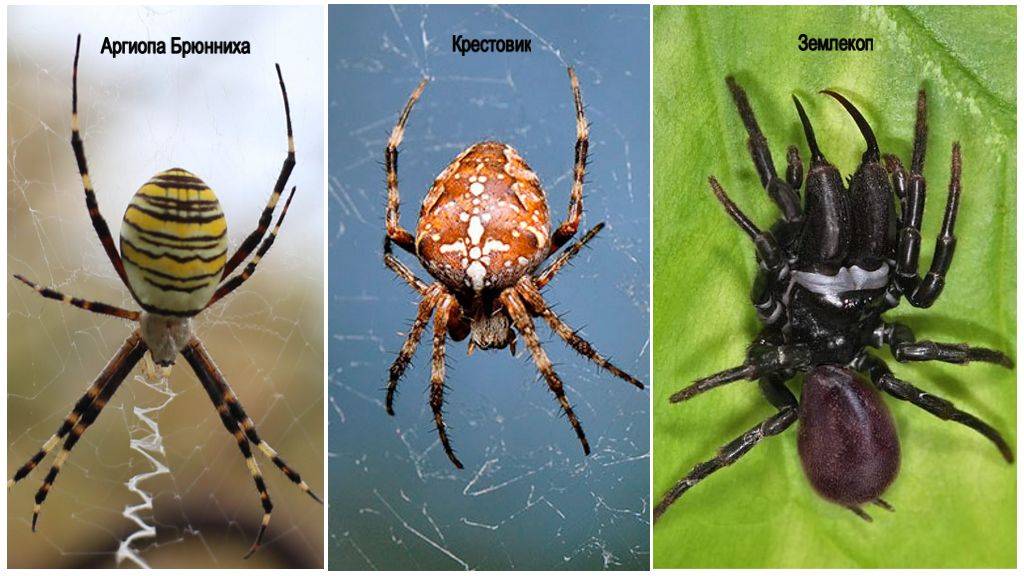
Diggers
In Belarus, this type of spider is represented by one species. They are also called “atypical tarantulas” or tracing paper from Latin - atypus. To the present tarantulas neither in Russian nor in the English sense of the word, atypuses have no relationship.
On a note!
MisgirHe is a South Russian tarantula, does not live in Belarus.
The poison of the atypus is weak, but long chelicera with which they can bite through the skin. These spiders live in a colony. Alone, they are not aggressive, but when threatened, colonies can attack. In this case, multiple spider bites.
Harmless
Families in Belarus are very common: funnel, hunters, side walkers and horses. In addition to them, there you can find 4 species of wolf spiders. In addition to the family and protective color, these night hunters have nothing to do with the South Russian tarantula, which is also wolf spider.
Funnel
Funnel live in humid shady places, in forest litter, under snags and at the foot of bushes. Often settle in village houses. To human housing gravitate:
- cellar;
- brownies;
- attic.
Interesting!
All these spiders build shelters in the form of funnels. They hunt wood lice, small invertebrates, and insects. In a village house, these species bring considerable benefits.
Hunters
They live on the banks of water bodies, which are abundant in Belarus. In total, there are 3 pizaurida spiders in the country. Spiders hunt with their hind legs on coastal vegetation, and their forefoots on the water surface. These spiders hunters can glide over the surface of a reservoir like water strips.
On a note!
One of the pazaurides - a large rafting spider is listed in the Red Book of Belarus.
Horses and side rovers
Spiders horses and side walkers - inhabitants of meadows, forest glades and agricultural fields. Most often, these arthropods are ambushed on grass or leaves of bushes. Catch small insects that fall within reach. For humans, these small animals are not dangerous.
